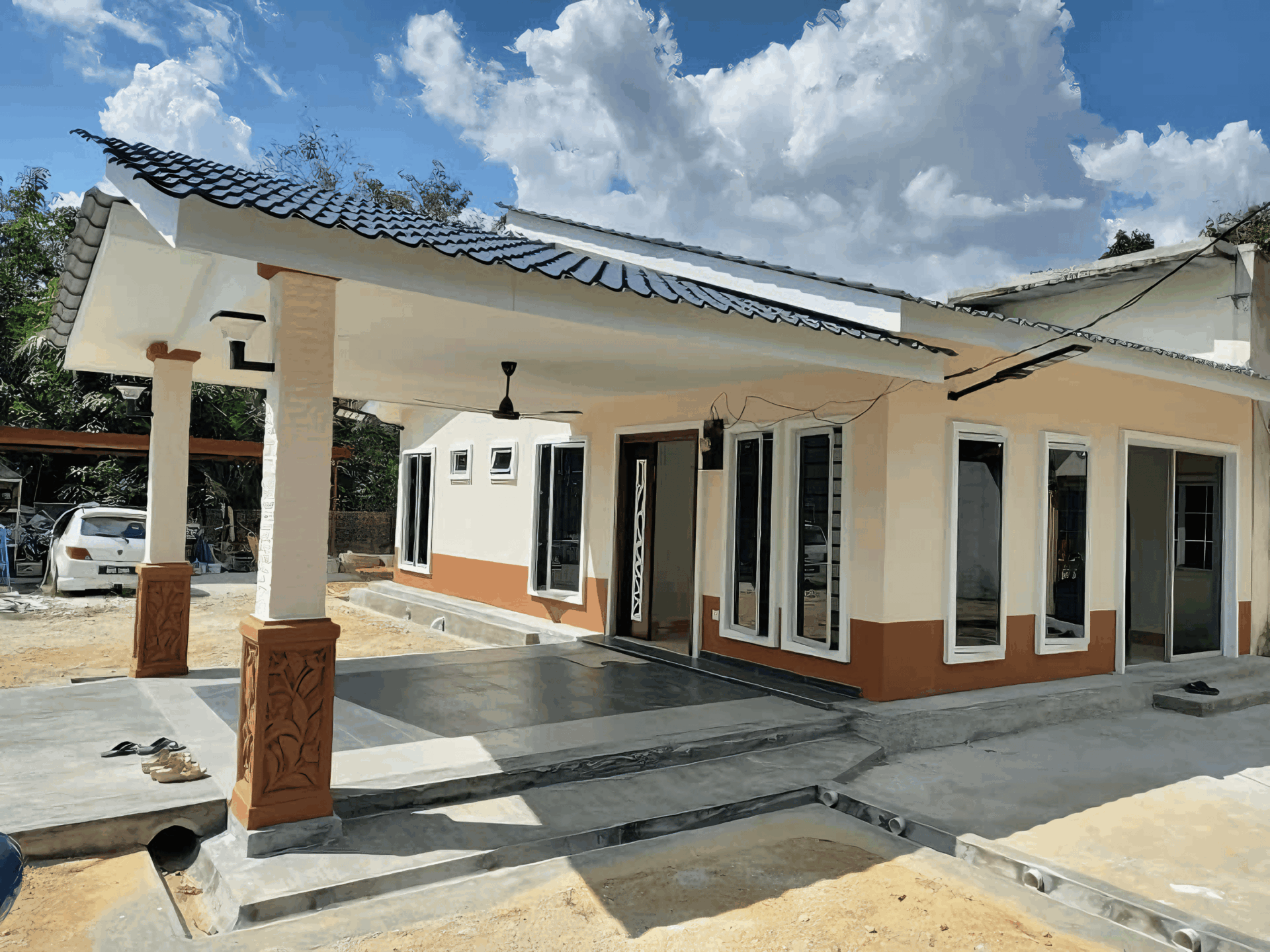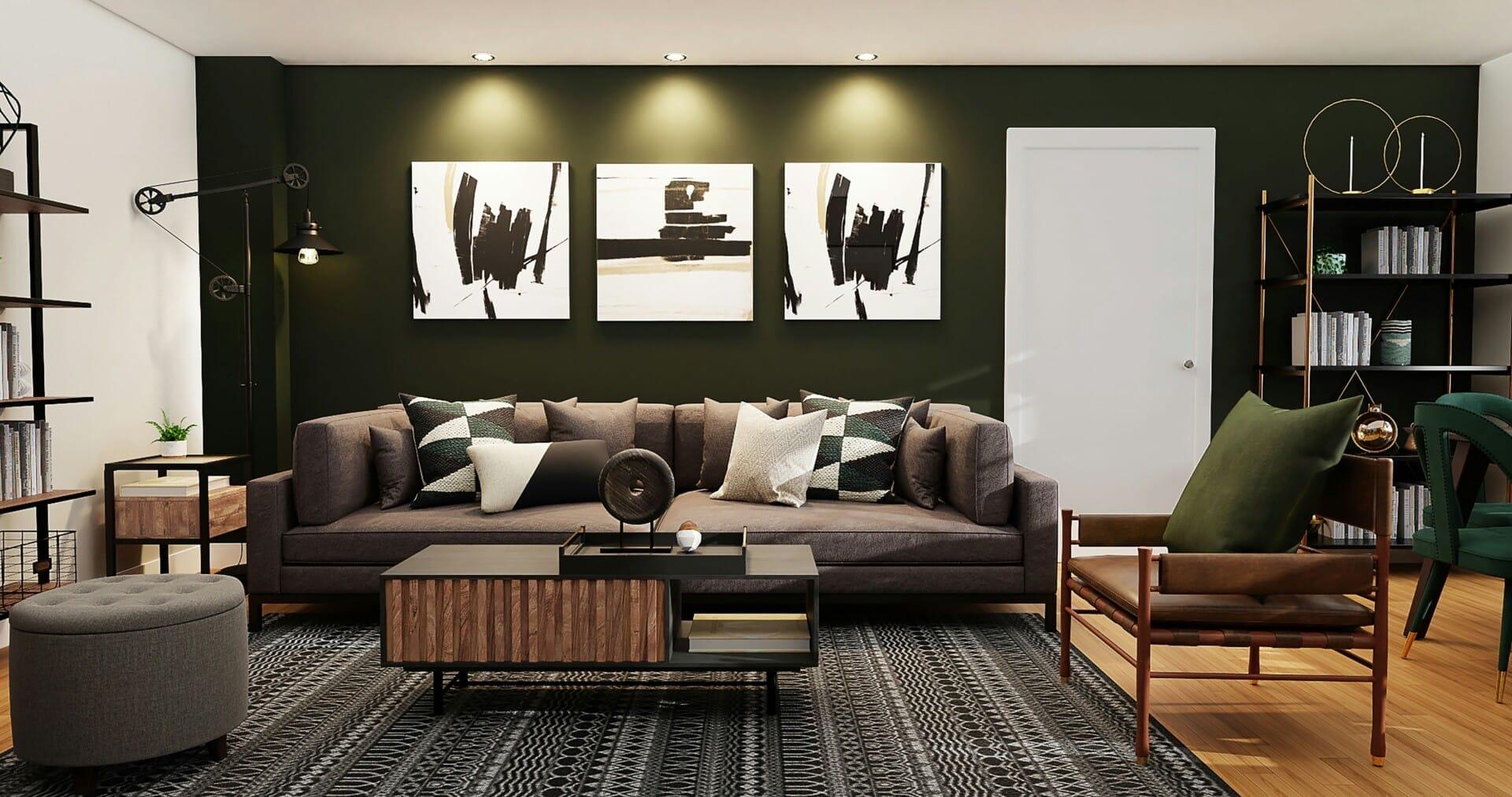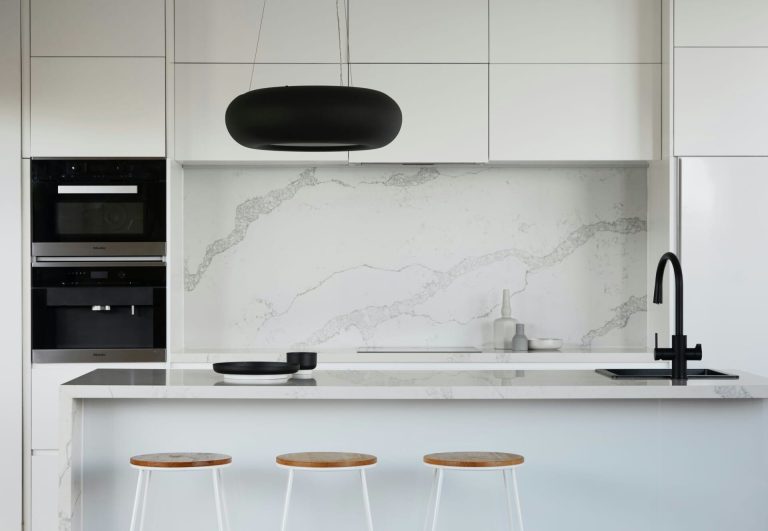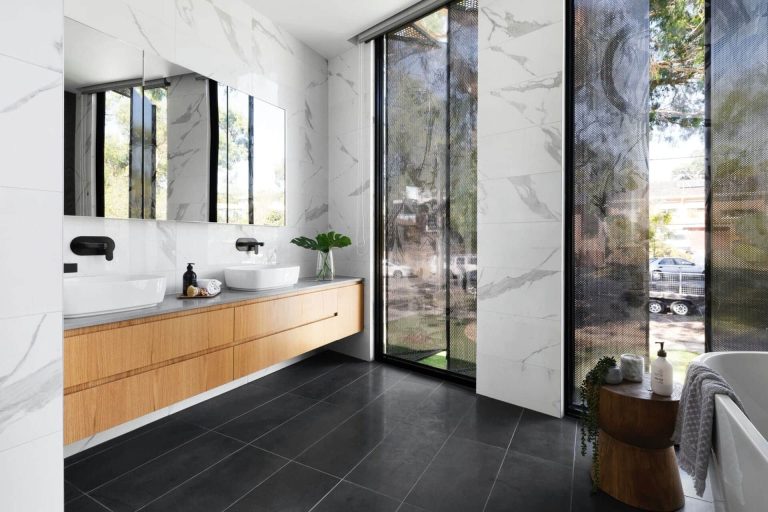Building your dream home is an exhilarating journey, filled with hopes of a cozy living room, a spacious kitchen, and a peaceful backyard. However, amid the excitement lies a crucial yet often overlooked step: preparing a realistic budget for your home construction. Just as the foundation of a house supports its structure, a well-planned budget serves as the backbone of your construction project, guiding your decisions and ensuring that your vision aligns with your financial reality.
In today’s dynamic housing market, where costs can be unpredictable and hidden expenses often lurk around the corner, establishing a comprehensive budget is more essential than ever. A realistic budget does not merely tally up expenses; it encompasses a thorough understanding of the entire construction process, from land acquisition to interior finishing. It also allows for flexibility, ensuring you are prepared for the unexpected while keeping your financial goals in sight.
This article aims to demystify the budgeting process by offering a step-by-step guide on how to navigate this pivotal aspect of home construction. Whether you are a first-time builder or a seasoned homeowner looking to renovate, the insights shared here will equip you with the knowledge to create a financially sound plan that not only reflects your aspirations but also safeguards your financial wellbeing throughout the construction journey. Let’s explore the essential elements of budgeting so you can confidently embark on the path to building the home of your dreams.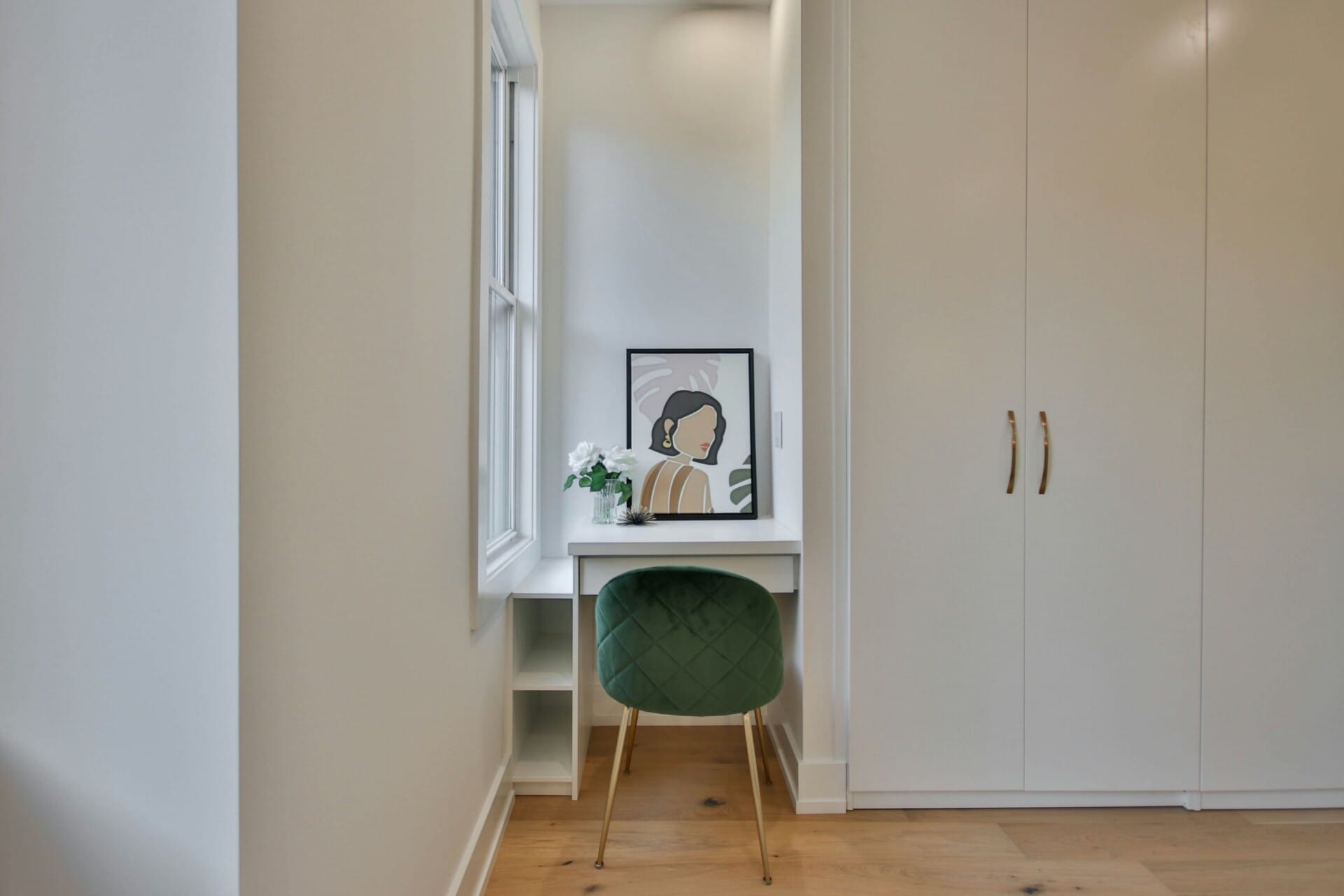
Understanding Your Financial Landscape
Constructing a home requires a clear grasp of your financial situation. Begin by evaluating your current assets and liabilities. Understanding your net worth is essential in determining how much you can allocate toward construction. This includes cash reserves, savings, investments, and existing debts such as loans or credit card balances. Consider creating a simple budget overview to visualize your financial landscape:
| Assets | Value |
|---|---|
| Cash Reserves | $20,000 |
| Investments | $15,000 |
| Property Value | $250,000 |
Once you have a clear picture of your assets, analyze your anticipated construction costs. Consider various components such as materials, labor, permits, and unexpected expenses. It’s advisable to include a contingency fund, which typically ranges from 10-20% of the total budget. Categorize your expenses by creating a detailed breakdown:
- Site Preparation: $5,000
- Foundation: $15,000
- Materials: $30,000
- Labor: $25,000
- Permits: $3,000
- Contingency Fund: $7,800
Lastly, assess your financing options. This could include personal savings, home equity loans, or construction loans. Each option has its own implications on your financial health and should be weighed carefully. Be proactive in communicating with lenders and clearly outline your needs and capacities. a well-rounded understanding of your financial landscape will equip you with the insights necessary for executing a successful home construction project.
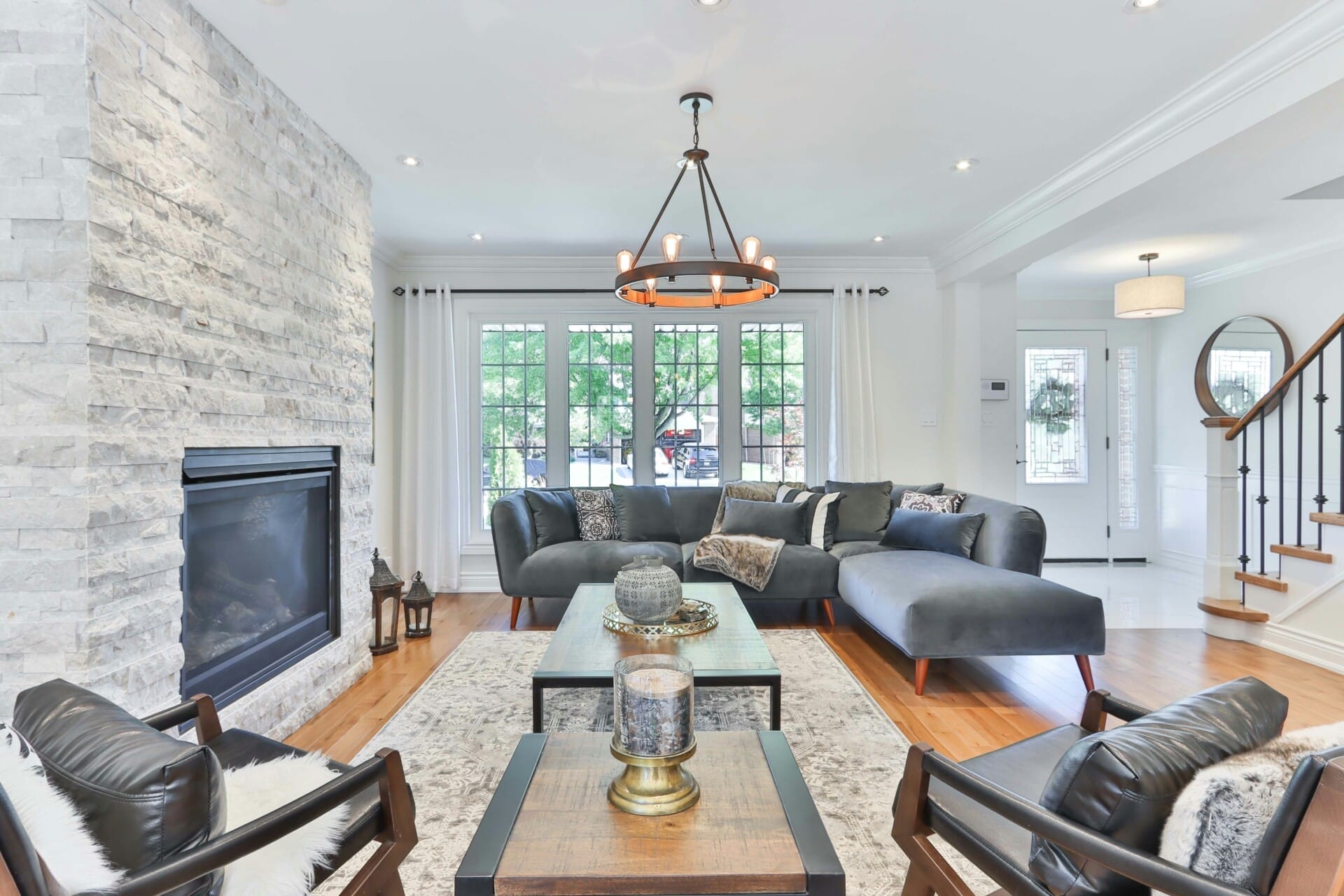
Identifying Key Cost Components in Home Construction
Understanding the various cost components involved in home construction is essential in crafting a realistic budget. The overall expenditure is often a mix of direct and indirect costs, each playing a crucial role in the final figure. Direct costs include labor, materials, and permits, while indirect costs cover overhead, contingency, and financing. It’s important to break these down meticulously to avoid surprises down the road.
Some of the key components to keep in mind when estimating your costs include:
- Land Costs: Purchase price, site clearing, and grading.
- Materials: Lumber, roofing, plumbing, and electrical supplies.
- Labor: Wages for construction workers, subcontractors, and specialists.
- Permits and Fees: Zoning, building permits, and utility hookups.
- Fixtures and Finishes: Cabinets, countertops, and flooring selections.
Creating a comprehensive overview of costs can streamline your budgeting process. Consider utilizing a simple comparison table to visualize and adjust your expectations:
| Cost Component | Estimated Percentage of Total Cost |
|---|---|
| Land Costs | 15% |
| Materials | 35% |
| Labor | 30% |
| Permits and Fees | 5% |
| Fixtures and Finishes | 15% |
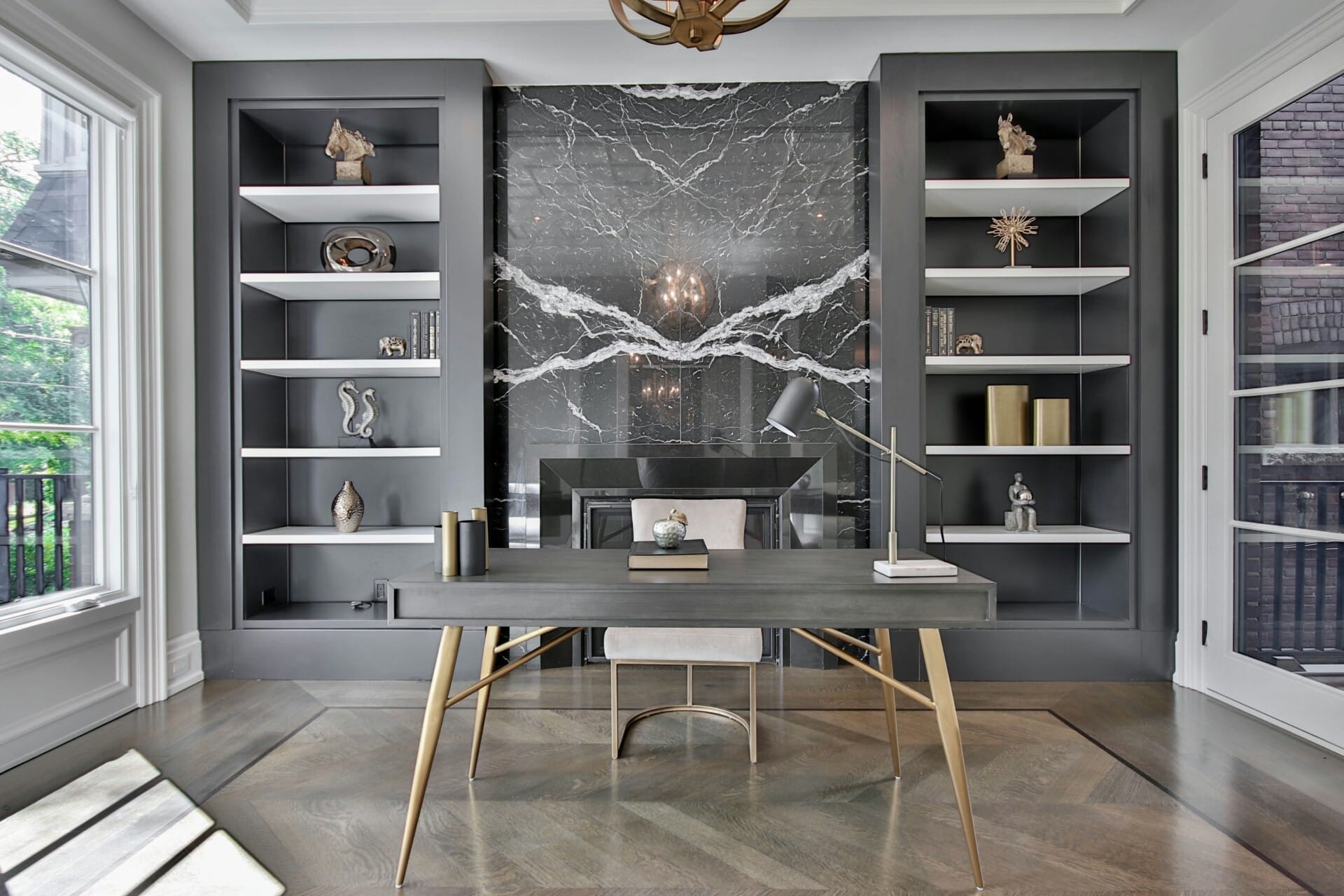
Strategies for Creating an Accurate Budget
html
To begin crafting a realistic budget, it's essential to identify all possible expenses associated with your home construction. Consider both the primary costs and the hidden expenses that can arise during the building process. Categorize your projected costs into major areas, such as:
- Land Acquisition: Purchase price, title fees, and surveys
- Construction Costs: Labor, materials, and permits
- Utilities and Infrastructure: Water, electricity, and sewage connections
- Interior Finishes: Flooring, fixtures, and appliances
- Contingency Fund: A buffer for unforeseen expenses, typically 10-20% of the total budget
Once you've identified your expenses, it's crucial to set priorities and make adjustments. Assess what features are essential versus those that can be postponed or modified. Creating a prioritized list will help you make informed decisions when budget constraints become necessary. Employing various budgeting techniques, like the zero-based budgeting method, allows you to allocate every dollar before you start spending, ensuring that all your financial resources are accounted for.
Lastly, maintain an organized system for tracking expenses throughout the construction process. Implementing a simple budget tracking table will allow you to monitor your spending against your original estimates seamlessly. Here's a sample layout to get you started:
Expense Category
Estimated Cost
Actual Cost
Notes
Land Acquisition
$50,000
$45,000
Negotiated price
Construction Costs
$200,000
N/A
In progress
Interior Finishes
$30,000
N/A
Pending selections
Contingency Fund
$20,000
N/A
Reserved

Adjusting Your Budget: Flexibility and Contingencies
Creating a budget for home construction is just the starting point; the ability to adjust that budget as circumstances change is crucial. It’s important to have a flexible mindset, allowing for spontaneous decisions or unexpected expenses. Consider incorporating buffer amounts within each major expense category. This can help you adapt without significant stress when you encounter an unplanned cost such as:
- Rising material prices
- Unexpected site conditions
- Changes in design or materials
Establishing a contingency fund can safeguard your financial plan against the surprises that often pop up during construction. A common recommendation is to allocate 10-15% of your total budget for contingencies. This fund should be considered non-negotiable and only used for unforeseen developments, ensuring that cash flow remains stable while also allowing you to refine aspects of your project without compromising the core vision.
| Expense Category | Base Estimate | Contingency (10%) | Total with Contingency |
|---|---|---|---|
| Materials | $30,000 | $3,000 | $33,000 |
| Labor | $50,000 | $5,000 | $55,000 |
| Permits & Fees | $5,000 | $500 | $5,500 |
Regular reviews of your budget against actual expenditures are essential. Establishing a timeline for these assessments can keep your project on track and provide insight into whether your contingency fund is adequate or if adjustments need to be made. With transparency in tracking your expenses, you’ll be better equipped to make informed decisions should your budget require further adjustments. Embracing this proactive approach ensures a smoother construction process, ultimately leading to your dream home.
Q&A
Q&A: How to Prepare a Realistic Budget for Your Home Construction
Q: Why is having a budget important when constructing a home?
A: A budget serves as your financial blueprint, guiding every decision throughout the construction process. It helps you set realistic expectations, avoid overspending, and ensures that you can complete your project without financial strain. Think of it as your construction compass, keeping you on the right path.
Q: What are the key components to consider when creating a budget?
A: When crafting your budget, consider the following components: land costs, permitting and inspection fees, materials, labor, interior finishes, landscaping, and contingency funds for unexpected expenses. Each element plays a role in the total cost, so treat them like ingredients in a recipe—omit one, and you may not get the desired outcome.
Q: How can I estimate the cost of materials?
A: Start by researching material prices online, visiting local suppliers, and obtaining quotes for the key components of your project. Consider the quality and sustainability of the materials, as they can significantly affect both upfront costs and long-term maintenance. It’s like shopping for groceries—sometimes the cheapest option isn’t the best for your health.
Q: What role does a contingency fund play in budgeting?
A: A contingency fund is your safety net, typically ranging from 10-20% of the total budget. It covers unforeseen expenses that may arise during construction, such as changes in design, hidden damage, or price increases. Without it, you risk the project’s success hanging by a thread, so think of it as a cushion to soften life’s little surprises.
Q: Should I consider hiring a financial advisor for my construction budget?
A: It can be wise to consult a financial advisor, especially if you’re not familiar with construction costs or budgeting processes. They can help you navigate hidden costs and optimize your financing. A great advisor acts like a skilled guide on a treacherous mountain—having one can make the journey smoother and safer.
Q: How do I handle cost overruns once construction begins?
A: Open communication with your contractor is key. Regular check-ins can help you identify potential overruns early. If costs start to escalate, reassess your priorities: can you scale back on certain finishes or features? Flexibility is crucial—like being willing to adapt your travel plans to avoid a storm.
Q: What are some tips for staying on budget during construction?
A: To stick to your budget, consider these strategies:
- Keep a detailed record of all expenses.
- Make decisions in advance to avoid last-minute change orders.
- Avoid making emotional purchases—think twice before splurging!
- Stay involved in the process, ensuring everything aligns with your vision. Staying proactive is your best defense against budget-busting surprises.
Q: How can I prepare for potential financial setbacks?
A: Prepare for the unexpected by building a robust contingency plan. Have a backup fund and be realistic about potential setbacks. Just like creating an emergency kit, planning ahead prepares you to weather any financial storms that may arise during your home construction.
Q: What’s the best way to track my budget progress?
A: Utilize budgeting apps or spreadsheet software that allows you to categorize expenses and visually track your spending. Regularly update it with actual costs compared to estimates. This practice gives you a clear view of your financial health throughout the construction journey, making it easy to steer your project in the right direction.
By understanding these key insights and strategies, you’ll be well-prepared to create a realistic budget for your home construction project, paving the way for a successful and rewarding building experience.
Wrapping Up
preparing a realistic budget for your home construction is not merely about crunching numbers; it’s about crafting a vision that aligns your dreams with your financial reality. By thoroughly understanding the various elements that influence costs, from materials to labor, and incorporating ample contingencies for unexpected expenses, you set the stage for a smoother building process and a more satisfying result. Remember, a well-prepared budget isn’t just a financial tool; it’s a blueprint for a successful project that reflects your priorities and lifestyle. As you embark on this exciting journey, carry your budget not just as a limit, but as a guide—one that will help you navigate the complexities of construction and ultimately bring your dream home to life. Happy building!